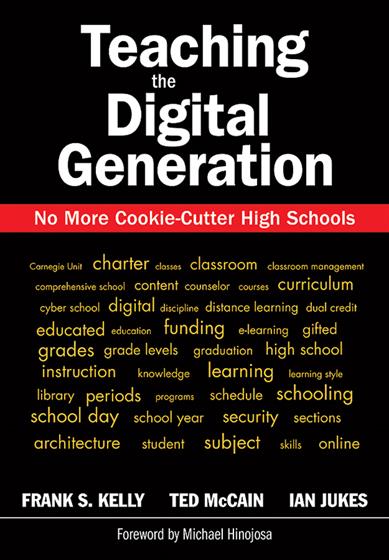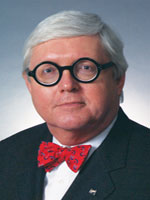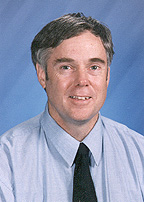
Hands-on, Practical Guidance for Educators
From math,
literacy, equity, multilingual learners, and SEL, to assessment, school counseling,
and education leadership, our books are research-based and authored by experts
on topics most relevant to what educators are facing today.
Teaching the Digital Generation
Foreword by Michael Hinojosa
Discover options for instruction and school design that reflect the needs of 21st-century students!
This visionary resource shows how traditional industrial-type high schools have failed to meet students' learning needs and explores ten alternative models for teaching secondary students in a digital world. Combining curriculum and instruction with facilities planning, this book offers five critical considerations:
- What should instruction and learning look like in a 21st-century school?
- How can technology foster this kind of learning?
- What noninstructional components are required?
- How can time be used differently to support our vision?
- How can new facility design turn this vision into reality?
- Grade Level: PreK-12, Secondary
- ISBN: 9781412939270
- Published By: Corwin
- Year: 2008
- Page Count: 280
- Publication date: August 09, 2013
Price: $43.95
For Instructors
When you select 'request review copy', you will be redirected to Sage Publishing (our parent site) to process your request.




